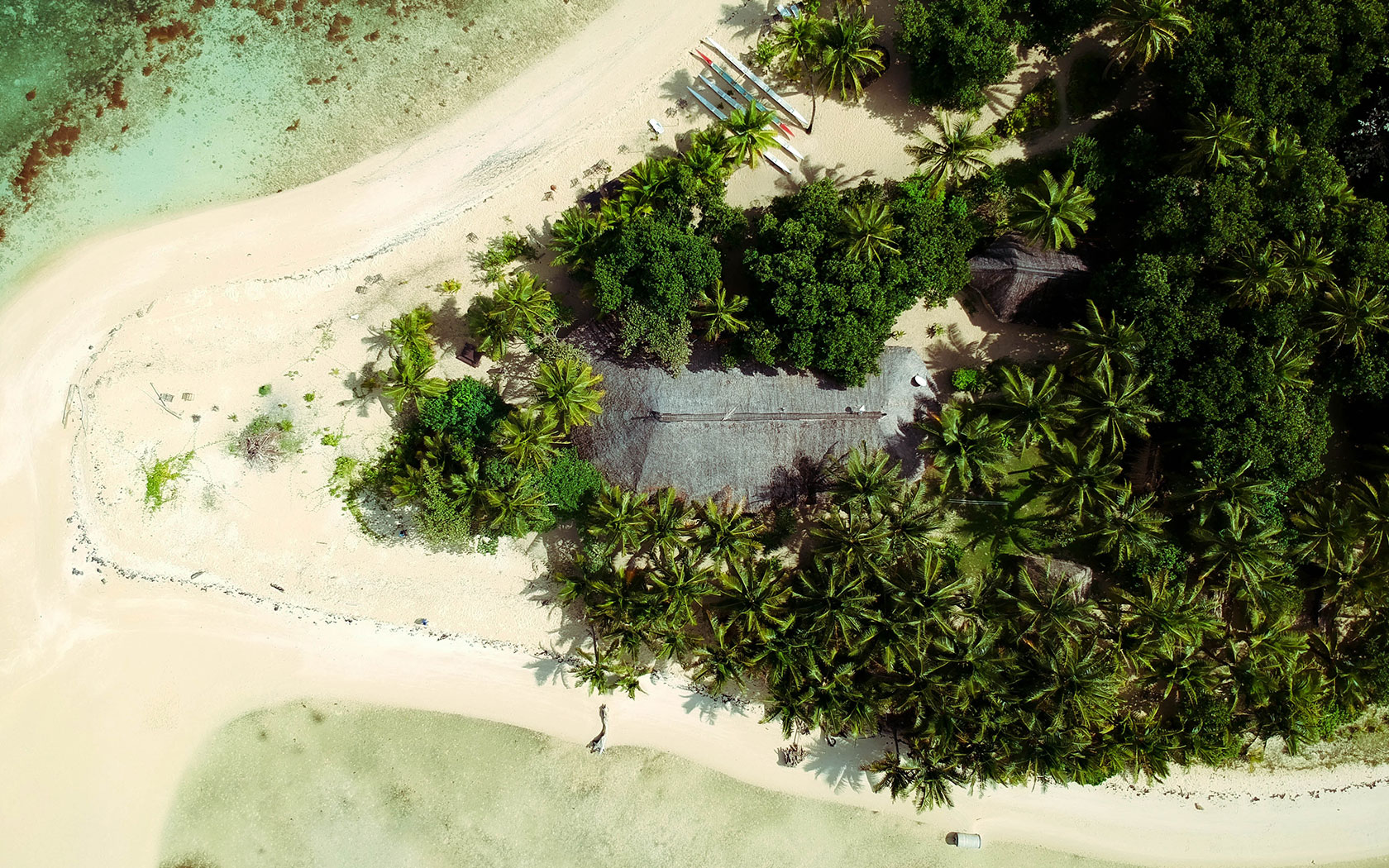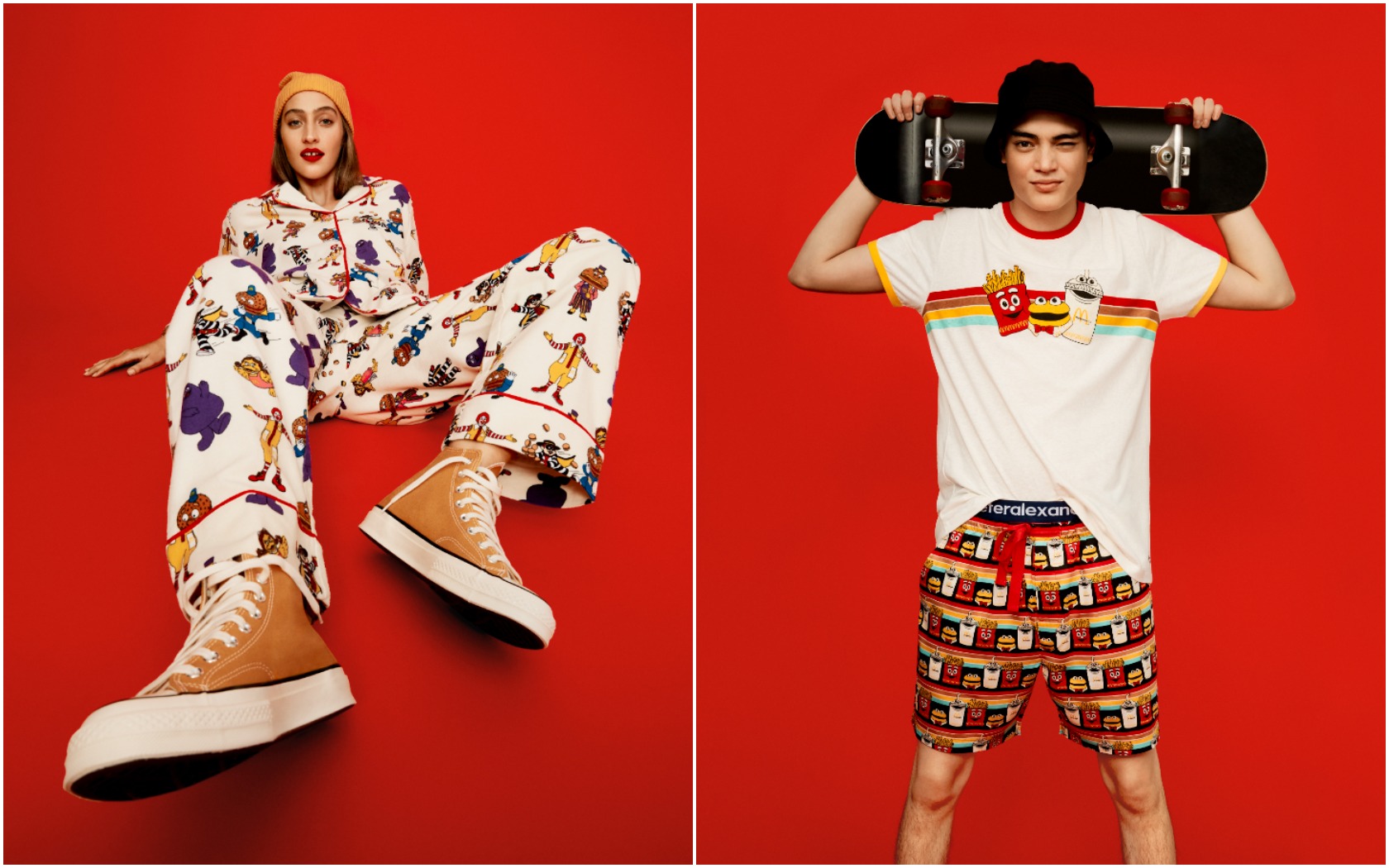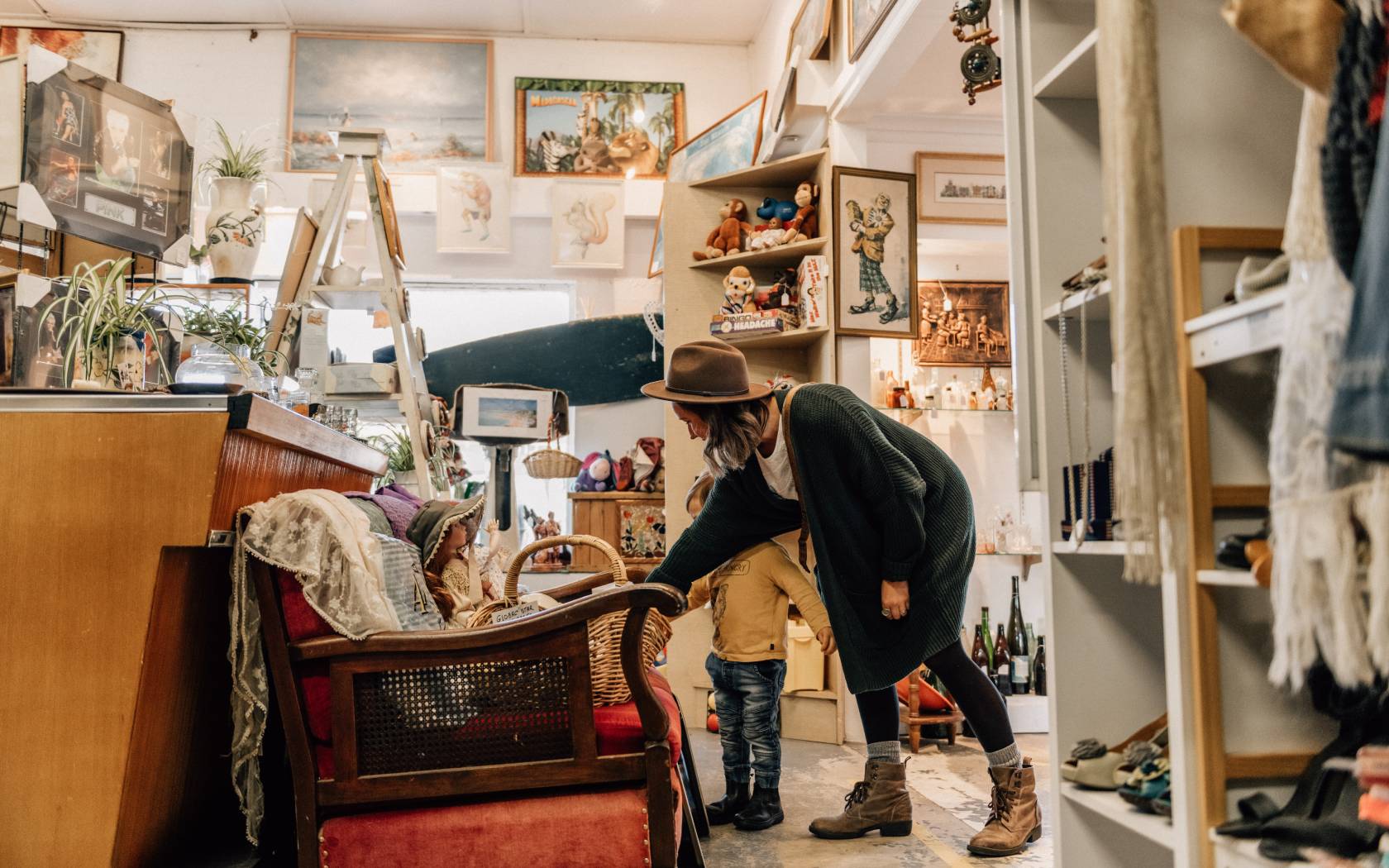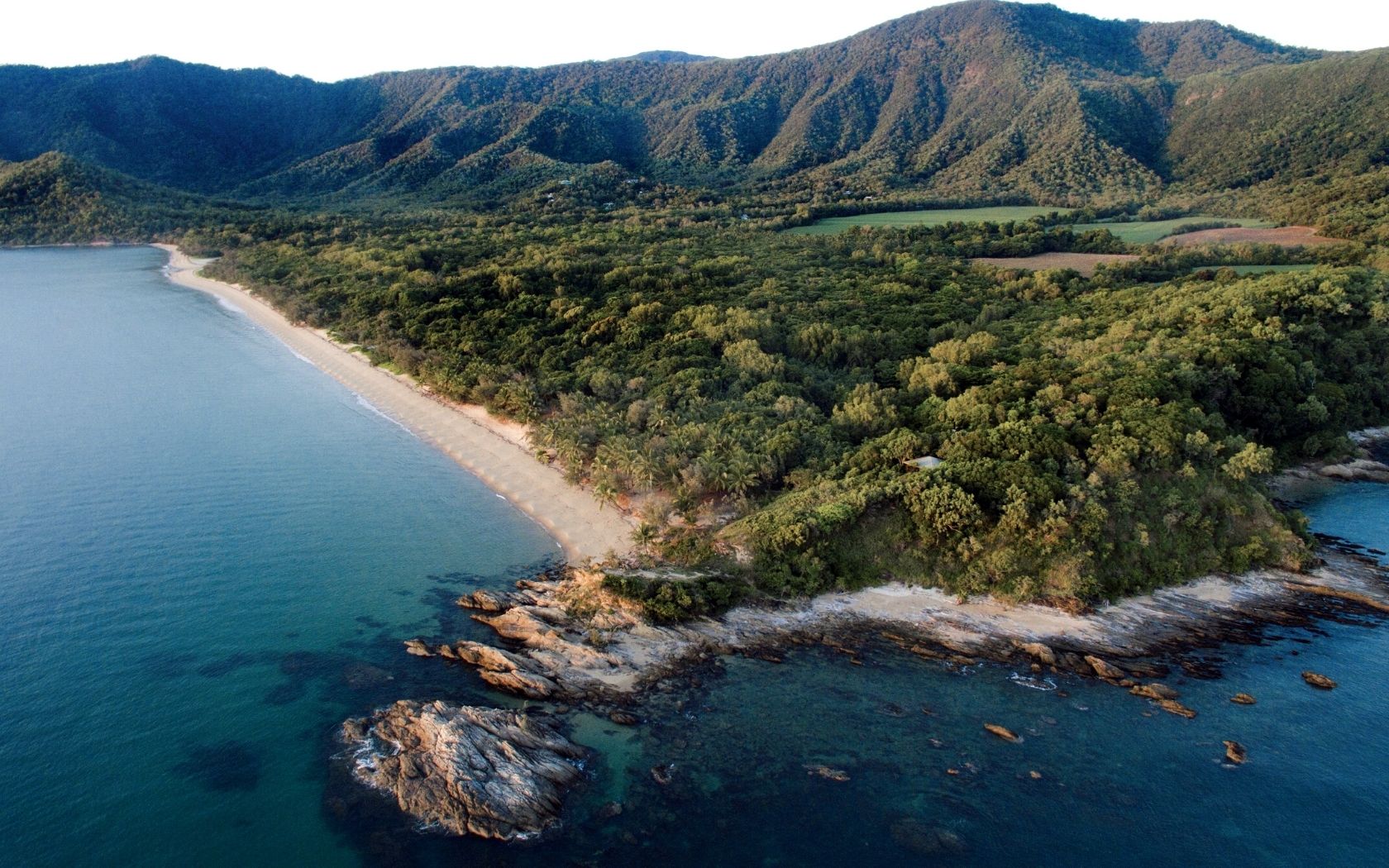How To Go Plastic-Free Without It Being A Giant Pain
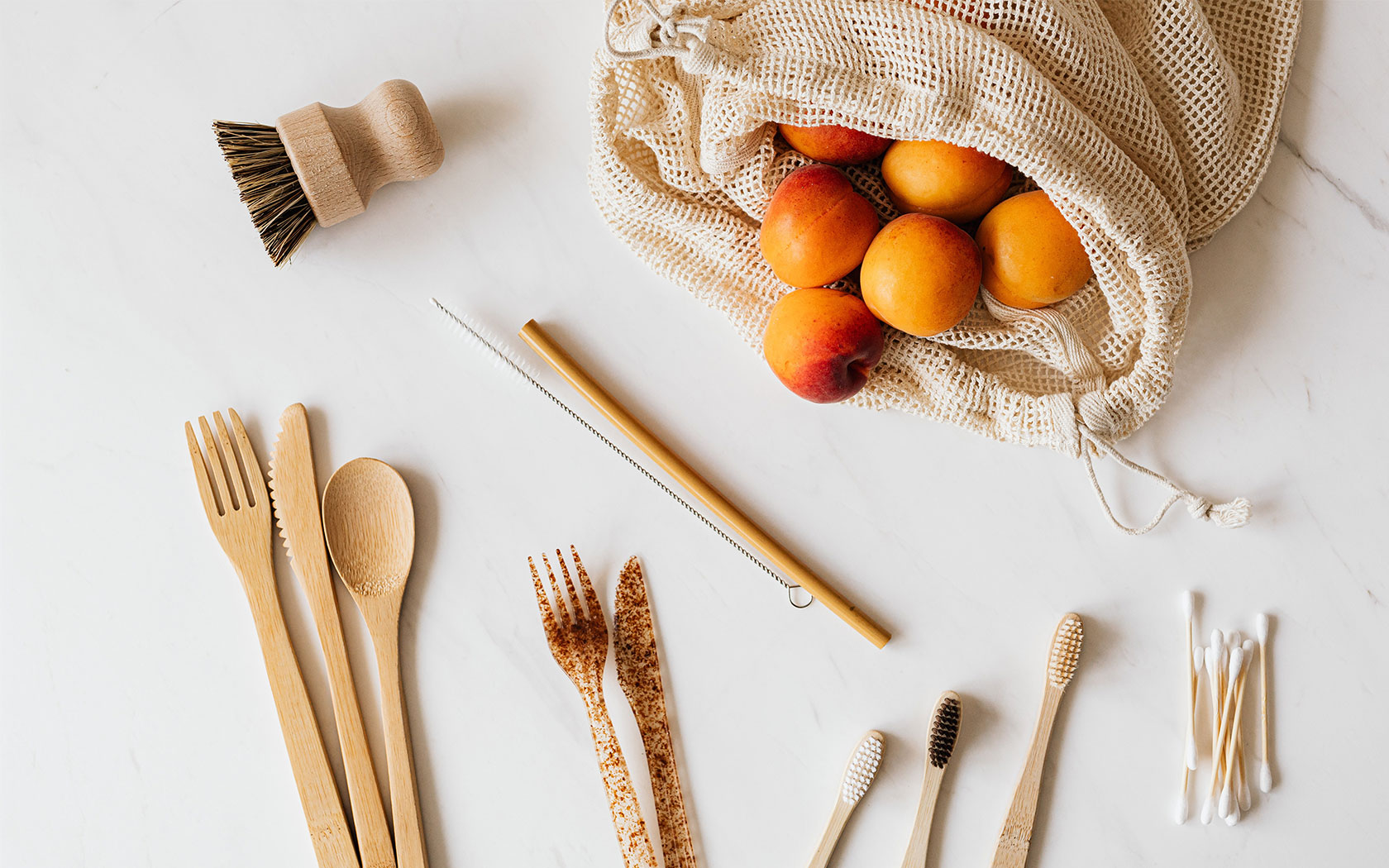
Sonia is a travel, lifestyle, and design writer and editor…
It’s Plastic Free July and that means making a concerted effort to refuse single-use plastics and be part of the solution to global plastic pollution.
The crazy thing about plastic use is that it’s so ubiquitous in our daily lives, we don’t even realise how deep we are in it. Only when you challenge yourself to find alternatives does the enormity of the issue really dawn on you.
A great resource for all things plastic-free is Kate Nelson of I Quit Plastics and @plasticfreemermaid. The environmentalist and author has been plastic free for a decade so she knows a trick or two.
“This month isn’t about beating yourself up or dwelling on the failures, it’s about building awareness and making achievable little plastic replacements and baby steps towards a more au natural lifestyle,” Nelson writes on her Instagram (where she is an incredible resource for information and tips).
She encouraged her followers to share their inevitable fails as they embark on the plastic-free July adventure, so everyone can have a laugh instead of wanting to throw in the towel.
“There will 100% be a billion mistakes, fails and hilarious situations as you try to substitute alternatives for the ubiquitous plastics blanketing EVERY INDUSTRY. It’s. a. Journey. SO LET’S HEAR YOUR FAILS!”.
Fails range from having jars and metal lunch boxes leak in your bag, making the effort to take lunch to work then forgetting your reusable cutlery, forever forgetting your reusable supermarket bags, accidentally throwing a bamboo straw in the bin and many more.
While old habits die hard, going plastic free doesn’t need to be a totally overwhelming transition — there are so many resources like Nelson, as well as companies and products all about that sans plastic lifestyle.
So where to start? The easiest place to reduce single-use plastic waste is at home.
How to start your plastic-free journey
#1 No more plastic bags for your grocery shop
It’s 2020, get on board. Always keep spare reusable bags (including produce bags) in your car boot/bike/backpack/handbag because you are definitely going to forget and it’s always good to have backup. When you’ve unloaded your produce at home, put the bags near the front door so you don’t forget to take them back to the car for the next shop.
Nelson has a hack if you forget your produce bags — use the brown paper ones used for mushrooms for other fruit or veg that you don’t want to put in your trolley ‘naked’. Genius.
#2 Veto the cling wrap and ziploc bags
There are so many alternatives to plastic wrap these days that it’s crazy to continue buying this toxic stuff. Plastic wrap and ziploc bags (along with so many other plastic containers and soft plastics) literally leach toxins (like phthalates and BPAs) that disrupt our hormones into the food they’re protecting. Especially when they’re heated.
Use silicone instead; it’s more stable and safe for contact with food and drink. IKEA even sell silicone food covers that are three for $5, so there’s no excuse.
#3 Buy glass instead of plastic
I know you love the convenience of a good squeezy bottle, but the fact it won’t break down for centuries isn’t super convenient for the planet. Go old school and get everything from your peanut butter to tomato sauce in glass bottles instead.
Then you can reuse the glass jars for other things, like buying from bulk food stores.
It’s also a great idea to invest in metal or bamboo straws and reusable cutlery that folds up and is easily kept in your bag.
#4 Buy bulk where you can
We know that bulk food stores are more expensive, but if you’re able, it’s a brilliant switch to make for dry goods – and most products are organic which is a bonus. Grab everything from pasta and rice to beans and chocolate covered freeze dried strawberries (trust me, so good) and use containers and jars you already have in the home.
#5 Switch out at the sink
All those scrubbers are plastic, baby! There are bamboo and silicone alternatives that are kinder to the environment.
As for your detergents, look for refillable bottles or fill up your own at the bulk food store. Better yet, make your own – baking soda, vinegar, lemon and water in different combinations can pretty much clean anything.
#6 Change up your shower products
The bathroom is where it gets tricky. All your shampoos, conditioners, face washes, fancy creams and lotions all use plastic. If you really want to go the extra mile, there are beautiful brands like NueBar creating face wash and body bars, as well as shampoo and conditioner bars.
This is a change that will happen over time as you use up your existing products. When looking to repurchase products, find brands that use alternative packaging to plastic — here are Nelson’s plastic-free bathroom essentials. Or, get into some DIY.
#7 Buy a reusable razor and bamboo toothbrush
In the US alone, two billion disposable razors are chucked into landfill every year. It’s overwhelming. Switching it up to a reusable safety razor will make you feel baller. It’s a one-off investment but it’ll last a very long time.
Ditto toothbrushes. There are plastic-free alternatives, with bamboo being a popular choice. Such an easy swap.
#8 Look at your menstruation habits
Even your tampons and/or pads are laced with plastics, sadly. And who wants that near their cooch? Silicone cups and period undies are pretty normal alternatives these days. It’s time to give them a go.
#9 Check your clothing labels
It’s no secret that the clothing industry wrecks havoc on non-renewable sources and the environment. But did you know that many fibres are plastic, and shed microplastics into waterways every time we wash them?
Making a conscious effort to buy natural fibres, or from brands actively recycling plastic waste are both good moves, but an even better one is to get into second-hand shopping and clothing swaps with friends.
#10 Reusable coffee cups and water bottles are the way
Most cafes are finally accepting reusable coffee cups again. Why is that such a great thing? The lids are soft plastics — so when your hot bevvie comes through it, you’re sipping a nice mix of milky chemical-laden latte.
Plastic water bottles were also found to have an astounding amount of microplastics in them (regardless of brand), so definitely keep to your reusable glass or metal bottle.
Want to challenge yourself and take part? Check out Plastic Free July.
(Lead Image: Pexels / Karolina Grabowska)
Sonia is a travel, lifestyle, and design writer and editor who lives for sharing a personal rec. See what she's up to @literallysonia.


